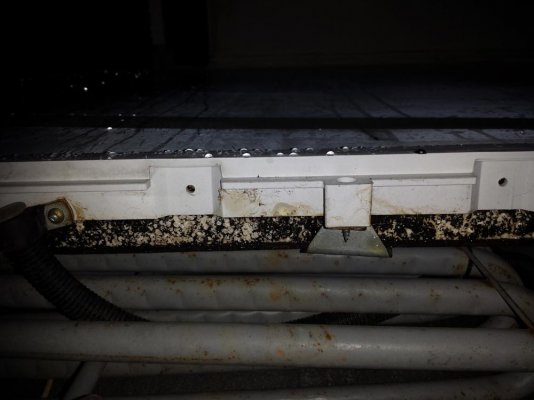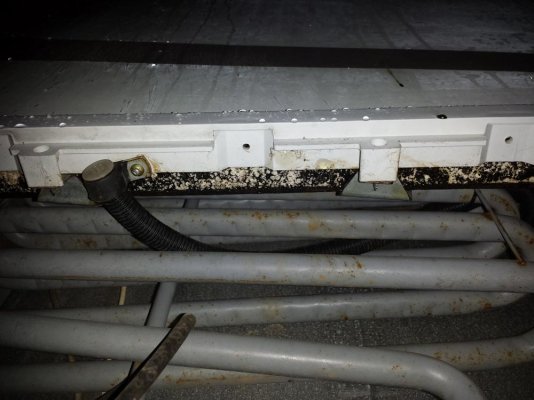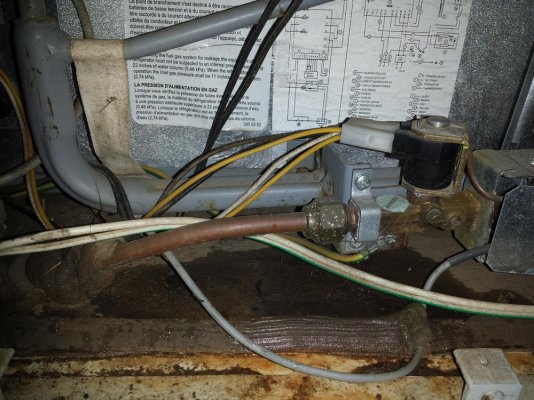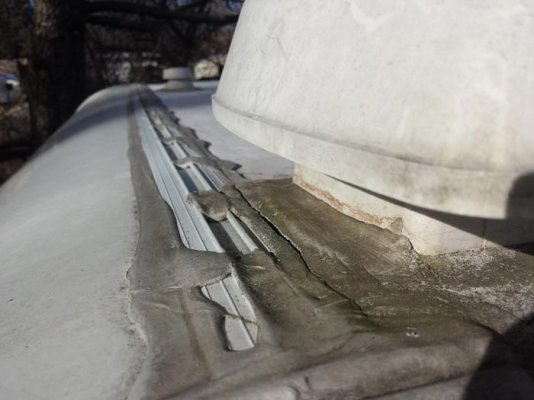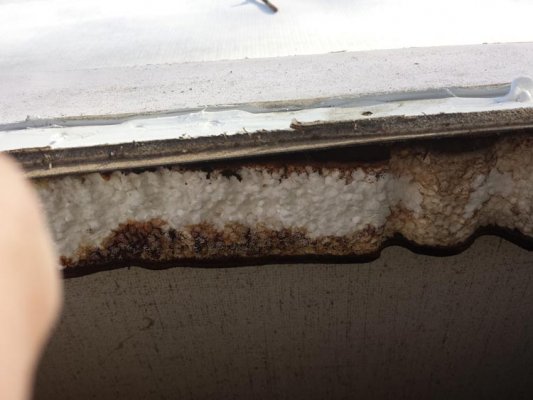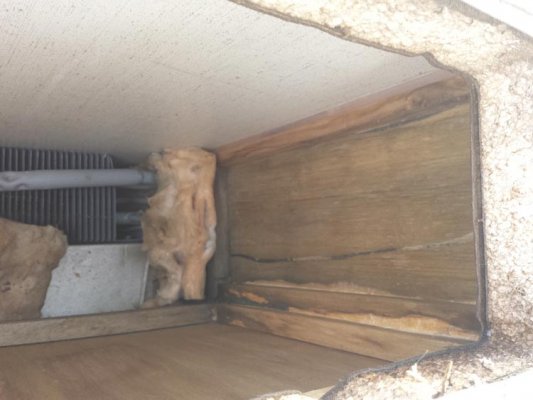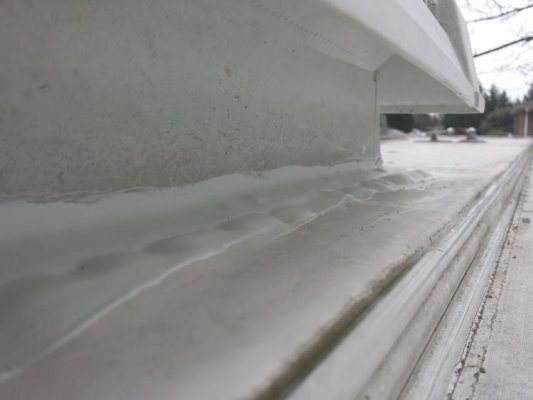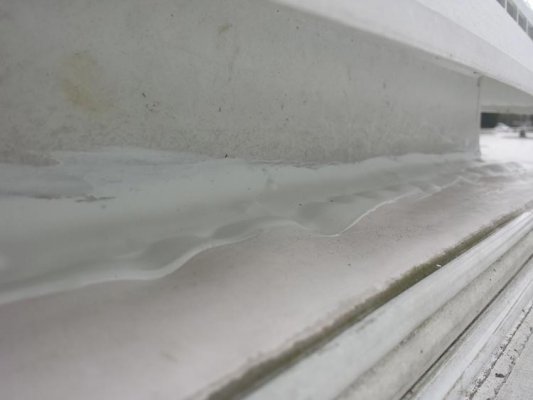Hey everybody, I'm new here and just posted in the newcomers forum. ;D First off, I knew when I was buying this camper that there was a problem with it. However, I got a great deal on it, so as long as I can do the work myself, I hope to come out with a sweet new camper for not much more money than I had in my old pop-up.
The person selling the camper told me that when he went to pop out the beds to sell it, he smelled mildew, felt a soft spot in the floor, and saw a small spot on the ceiling, wall and floor. I confirmed that the ceiling is not soft at all, and neither is the top of the camper. I have also verified during a hard rain that there are not any more leaks now (not sure if he patched it or not, but assuming so). The old leak came from a leaking roof vent (the owner said due to him parking it for months completely level, as opposed to having it pitched forward to help rain run off of it (no clue how true that is). Anyway, I took off the access panel below the fridge today and was shocked at just how bad the floor and walls are underneath there. There is a decent amount of mildew and mold, but nothing feels wet at this time. Therefore, my game plan is to remove the fridge, remove the cabinets attached to it, then replace the floor and wall in this area. I have a few questions:
How the heck do I get this refrigerator out? I see a few screws, which I've taken out, but I'm assuming everything in the access door needs to be removed as well. However, I'm not exactly sure what. I "think" it's just the power, gas and electrical wires.
I am planning to replace the floor in about 1/3 of the trailer (the area that is soft), but should I really get into the area underneath the fridge to replace the wood that is rotten, or should I just clean it and paint it with a mildew killer, then focus on the floor that will actually be walked on?
How do I go about getting the cabinets out without damaging them? They seem to be glued together, and then screwed down.
What the heck is this thing wrapped in styrofoam with water hoses running out of it in picture "163720"? I wonder if that could have been leaking too, since the camper does not look like it leaked that long up top.
The picture of the top of the roof was to show the vent that was leaking.
Thanks,
Kenneth
The person selling the camper told me that when he went to pop out the beds to sell it, he smelled mildew, felt a soft spot in the floor, and saw a small spot on the ceiling, wall and floor. I confirmed that the ceiling is not soft at all, and neither is the top of the camper. I have also verified during a hard rain that there are not any more leaks now (not sure if he patched it or not, but assuming so). The old leak came from a leaking roof vent (the owner said due to him parking it for months completely level, as opposed to having it pitched forward to help rain run off of it (no clue how true that is). Anyway, I took off the access panel below the fridge today and was shocked at just how bad the floor and walls are underneath there. There is a decent amount of mildew and mold, but nothing feels wet at this time. Therefore, my game plan is to remove the fridge, remove the cabinets attached to it, then replace the floor and wall in this area. I have a few questions:
How the heck do I get this refrigerator out? I see a few screws, which I've taken out, but I'm assuming everything in the access door needs to be removed as well. However, I'm not exactly sure what. I "think" it's just the power, gas and electrical wires.
I am planning to replace the floor in about 1/3 of the trailer (the area that is soft), but should I really get into the area underneath the fridge to replace the wood that is rotten, or should I just clean it and paint it with a mildew killer, then focus on the floor that will actually be walked on?
How do I go about getting the cabinets out without damaging them? They seem to be glued together, and then screwed down.
What the heck is this thing wrapped in styrofoam with water hoses running out of it in picture "163720"? I wonder if that could have been leaking too, since the camper does not look like it leaked that long up top.
The picture of the top of the roof was to show the vent that was leaking.
Thanks,
Kenneth
Attachments
-
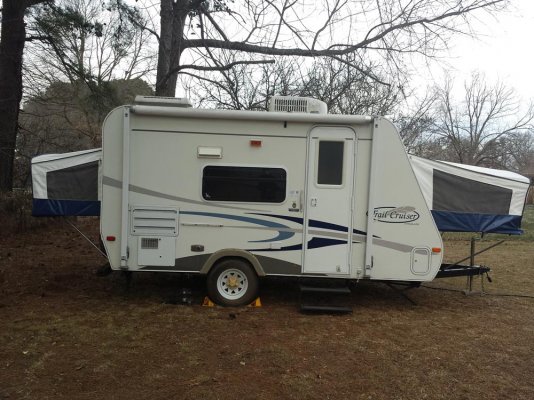 20150131_171508.jpg175.3 KB · Views: 70
20150131_171508.jpg175.3 KB · Views: 70 -
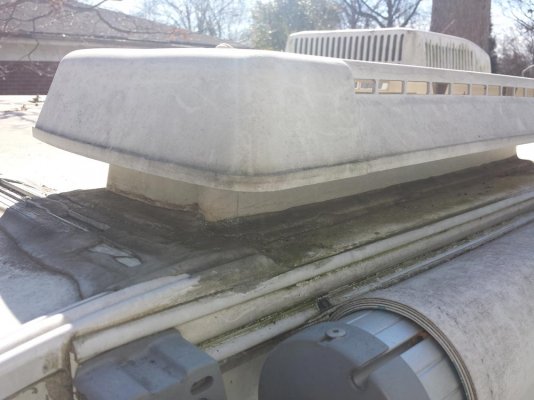 20150131_113039.jpg86.3 KB · Views: 63
20150131_113039.jpg86.3 KB · Views: 63 -
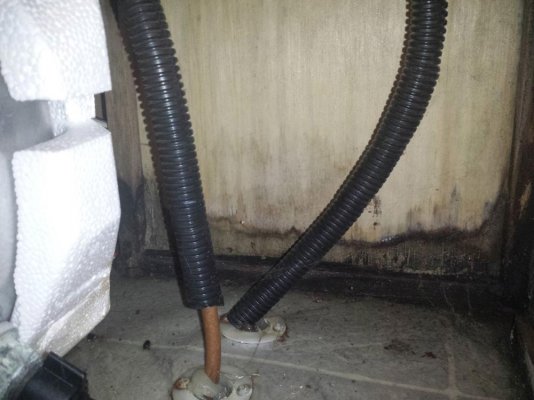 20150208_163731.jpg86.2 KB · Views: 70
20150208_163731.jpg86.2 KB · Views: 70 -
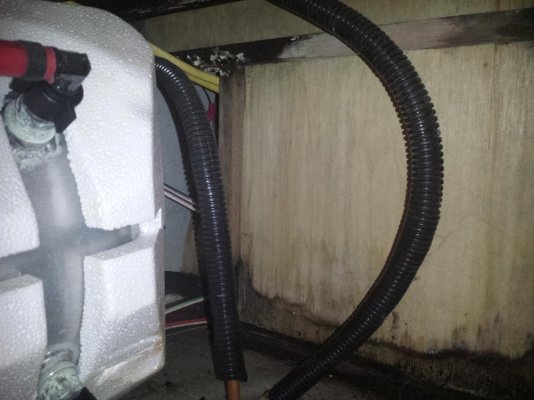 20150208_163720.jpg85.3 KB · Views: 57
20150208_163720.jpg85.3 KB · Views: 57 -
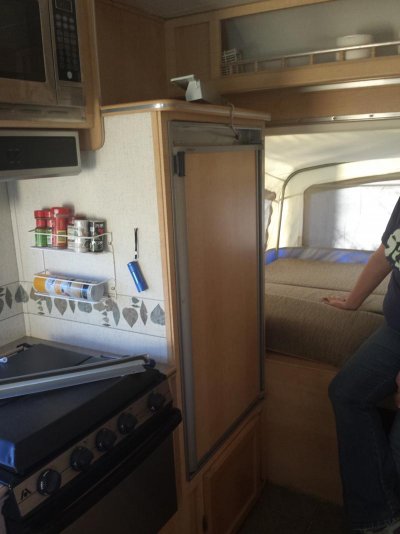 20150208_170028.jpg75.2 KB · Views: 54
20150208_170028.jpg75.2 KB · Views: 54 -
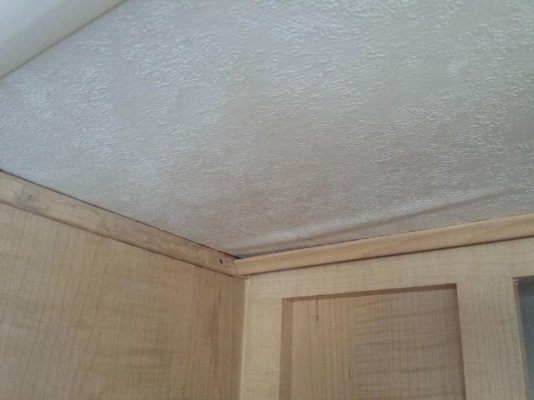 20150131_112218.jpg70.5 KB · Views: 44
20150131_112218.jpg70.5 KB · Views: 44 -
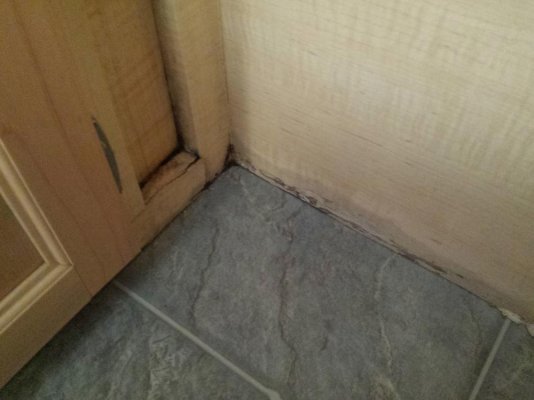 20150131_112236.jpg67.2 KB · Views: 39
20150131_112236.jpg67.2 KB · Views: 39 -
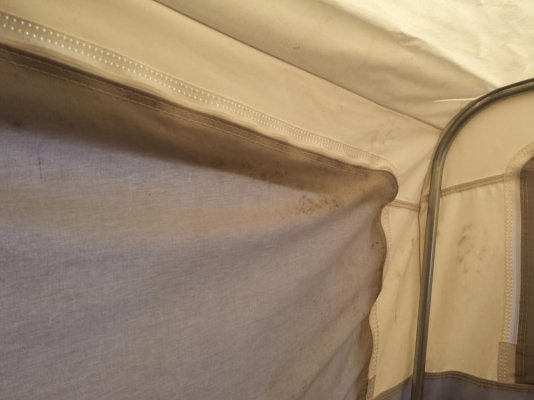 20150131_112542.jpg56.1 KB · Views: 39
20150131_112542.jpg56.1 KB · Views: 39 -
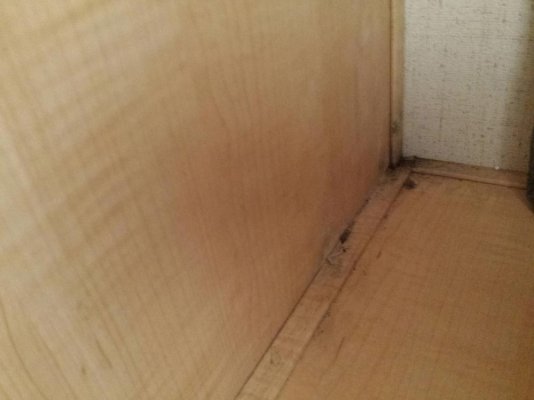 20150131_112315.jpg52.7 KB · Views: 36
20150131_112315.jpg52.7 KB · Views: 36 -
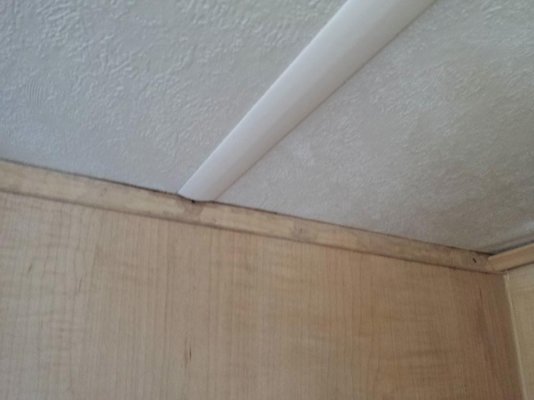 20150131_112222.jpg50.5 KB · Views: 38
20150131_112222.jpg50.5 KB · Views: 38 -
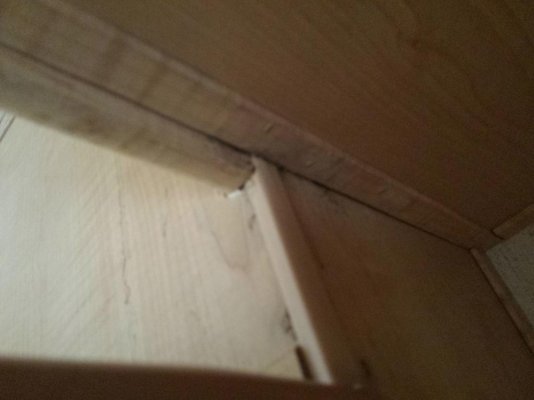 20150131_112325.jpg49.7 KB · Views: 39
20150131_112325.jpg49.7 KB · Views: 39

